10 top tips for photographing wild animals
Go wild and capture creatures in style with this pro advice.
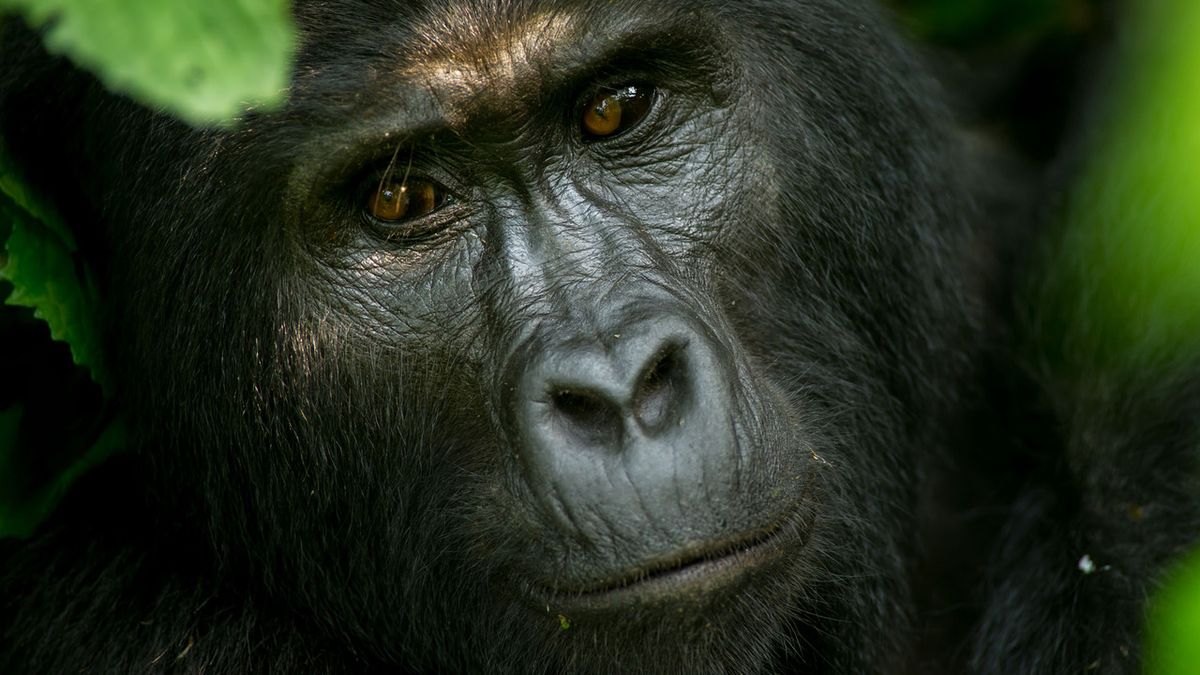
Entries are now being taken for the Comedy Wildlife Photography Awards, an annual contest that combines humorous animal photography with a serious conservation message. Capturing animals is no easy task, so if you want to be in with a shot of winning, read on for some top tips from photography pros.
This year, sponsors include Affinity Photo – the award-winning professional photo editing app for Mac, Windows an iOS (it’s even Apple’s current iPad App of the Year). A new category, the Affinity Photo People’s Choice Award, will allow users to select their favourite image.
Paul Joynson-Hicks and Tom Sullam are the co-founders of the awards, and users of Affinity Photo. Here, they give their top tips for taking great wildlife photography…
01. Figure out your gear first
Before you get out into the wild, make sure you know how your kit works. I know it sounds obvious, but you need to understand how and why to change shutter speeds and ISOs so that you can respond to changes quickly.
If the perfect photo suddenly presents itself, you need to go with the flow. A cheetah can go from lounging around under a tree to 90kmph in a jiffy, and you need to know what to do! Also, make sure you can change lenses quickly if needs be.
02. Make the most of good light
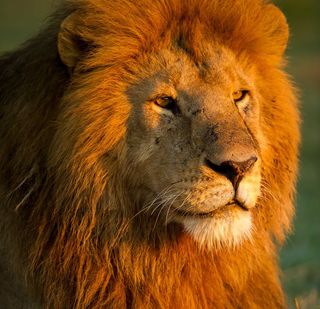
Always know what the light is doing, where it is coming from and how it’s going to affect your image. This is pretty much the same for all photography but in wildlife photography you can’t control it. If it’s sunny, make sure you are out and about before the dawn so you can find yourself something to shoot as the sun rises.
If you get lucky and find some glorious animal sat there with its face bathed in that early morning glow, you can capture some fantastic shots. The eyes will light up (no big black holes), and the light will bring a wonderful warmth that you just can’t replicate any other way. Your ISO, aperture and shutter speeds can all work magnificently together to get some great images.
03. Leave space for movement
You may well know about the basics of composition, including the theory of thirds (if not, look it up!) but remember when shooting wildlife you need to allow for movement. If the creature is walking, running or flying from right to left, leave more space in your composition on the left hand side so it has room to move into.
04. Put the focus on the face
Another important compositional mistake we all make from time to time is to include too much foreground, if in doubt leave the empty space on the top of the picture. For wildlife portraits remember that you want to focus on the face of the creature. This means you really want to try and blow out the background with a shallow depth of field – i.e. a big, wide-open aperture. Depending on your lens, something like F4 or F5.6 should do the trick.
05. Catch some action
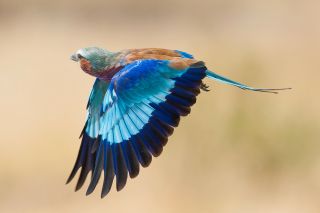
If you want to catch wildlife in action, such as lion cubs jumping around, cheetahs charging about, or birds in flight, remember you need a super-fast shutter speed. Use your ISO to achieve that – don't be afraid to pump up the ISO to 3200 / 6400 and above depending on your camera body. You can’t make blurry, soft pictures sharp, but you can reduce noise in images.
06. Explore different compositions
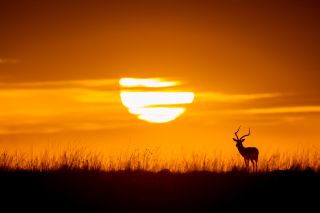
Always remember that there is more than one way to photograph any particular scene; so shoot it the way you feel instinctively first, and then shoot it the other way. For example, let's say you're trying to photograph a lion in a tree. Shoot a fun close up and then perhaps a wide option with the whole tree in.
07. Have fun with panning
I absolutely, totally and utterly love this technique, it’s all about having fun, trying something a little different and creating a sensation of movement. The trick is to move the camera in the same direction and at the same speed as a walking or running animal, whilst taking pictures with a slow shutter speed.
I tend to start at 10the of a second and work from there. That would be too slow for a running cheetah and all you’d get is a blur, but it would work for a trotting elephant for example. Try it out – it’s great fun and broadens your photographic scope.
08. Know your wildlife
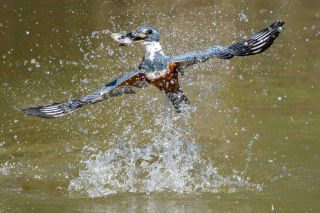
OK, so you're out there in the wild and you have established the best light and a fantastic composition, but do you know what’s going to happen next? In order to maximise your photographic potential and opportunities, you want to understand your subjects' behaviour as much as possible.
Talk as much as you can to your guide, read books, and research online so you can try and predict (ok, so let’s say ‘guess’) what’s going to happen next, where certain animals are going to be at what times of day and so on. Knowledge is power.
09. Try different points of view
Remember when photographing wildlife that ideally, you want to be as low as possible to the animal. In a perfect world we would all be on our stomachs in the grass (but rather you than me if it's facing up to a grumpy buffalo!).
If you are in a safari car, shoot from the roof hatch, but also the window. You could even try holding your camera out of the window, if it’s safe to do. Shooting jaguars in Brazil we were lucky enough to be in a boat, so we had a wonderful low point of view.
10. Edit your work with Affinity Photo

Faster, smoother and more powerful than ever, Affinity Photo continues to push the boundaries for professional photo editing software. It offers a huge toolset specifically engineered for creative and photography professionals. So whether you are editing and retouching images or creating full-blown multi-layered compositions, it has all the power and performance you will ever need.

Thank you for reading 5 articles this month* Join now for unlimited access
Enjoy your first month for just £1 / $1 / €1
*Read 5 free articles per month without a subscription

Join now for unlimited access
Try first month for just £1 / $1 / €1
Get the Creative Bloq Newsletter
Daily design news, reviews, how-tos and more, as picked by the editors.
The Creative Bloq team is made up of a group of design fans, and has changed and evolved since Creative Bloq began back in 2012. The current website team consists of eight full-time members of staff: Editor Georgia Coggan, Deputy Editor Rosie Hilder, Ecommerce Editor Beren Neale, Senior News Editor Daniel Piper, Editor, Digital Art and 3D Ian Dean, Tech Reviews Editor Erlingur Einarsson and Ecommerce Writer Beth Nicholls and Staff Writer Natalie Fear, as well as a roster of freelancers from around the world. The 3D World and ImagineFX magazine teams also pitch in, ensuring that content from 3D World and ImagineFX is represented on Creative Bloq.
